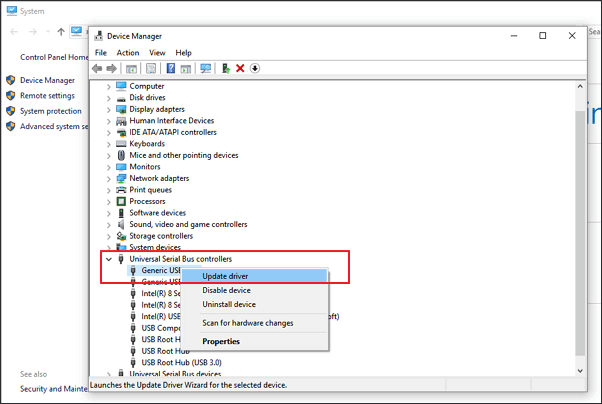


Upon rebooting, Windows will then reinstall the driver and hopefully configure it correctly when you reconnect the drive.The extend command in diskpart cannot be used to extend system or boot partitions, at least not for the OS that is currently running, so the OP is going to have to start over and do a migration, as Rod-IT suggested, or boot the machine from a different source than Disk 0. Roll Back Driver will revert any recent driver updates (if applicable), which probably won't have an effect if System Restore didn't work.Īs a final resort, you can use the Uninstall Device button to remove the device from your system. The Driver tab that appears in the Properties menu for each device in the Device Manager has a few other options. Instead, you may want to check the manufacturer's website for a specific driver for your external hard drive see our guide to updating Windows drivers for more help. However, this rarely finds a new driver for generic devices like flash drives. If that doesn't help, you can right-click on the affected device in the Device Manager and use the Update Driver button to install an updated driver. If the problem started recently, try running System Restore to roll back the changes. There are some more general steps you can take if those guides don't work for your issue, though.ĭriver problems can be tricky to fix. We've explored how to fix the "This Device Cannot Start (Code 10)" error as well as fixes for "Unknown USB Device", which provide good troubleshooting steps for driver issues. When you try another machine, be sure to check whether it appears in the computer's Disk Management window, as discussed above.Įven if it's working, the drive might not appear in the This PC panel of File Explorer if it lacks a volume that Windows can identify. If the drive doesn't work on any computer you plug it into, the drive itself is likely dead and you'll need to replace it. If you have another computer nearby, try plugging the external disk into that to check whether it's detected. What if the drive doesn't show up in Disk Management even after trying both of these steps? It's tough to know for certain whether the drive is bad or your computer is having a problem. Some USB hubs don't provide enough power for your external drive to function. If you've plugged the drive into a USB hub, try connecting it directly to the computer instead.

See how to diagnose and fix dead USB ports if you suspect this. Should it work in one USB port but not another, you may have a dead USB port. Unplug the drive from its current USB port and try plugging it into another port on your computer. The reason your external drive isn't detected may not lie with your device, but instead with the port you're using to connect it to your computer.


 0 kommentar(er)
0 kommentar(er)
